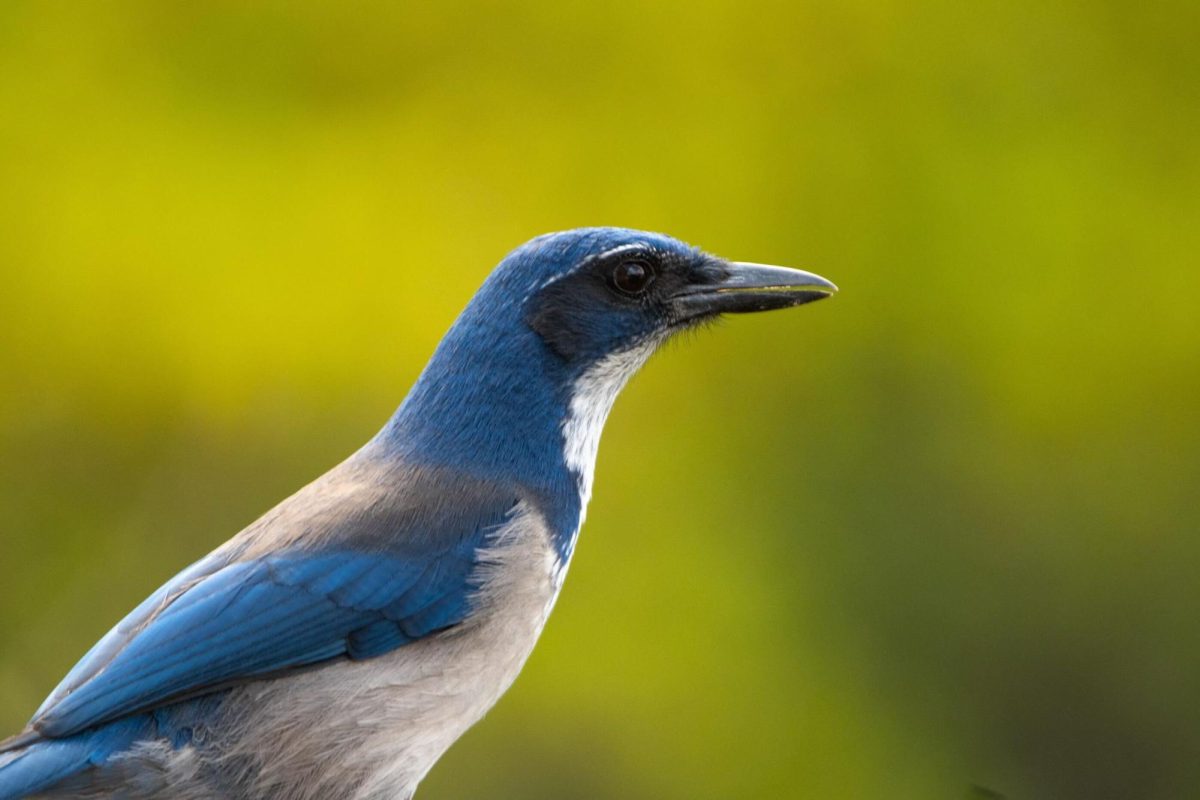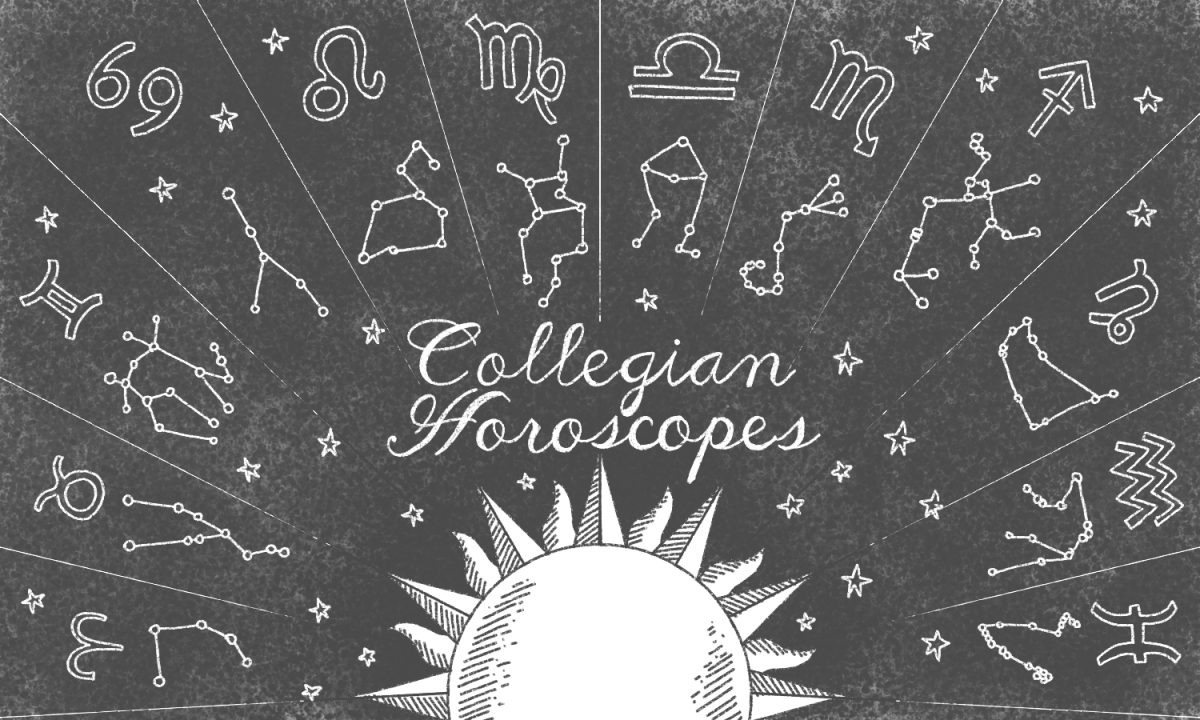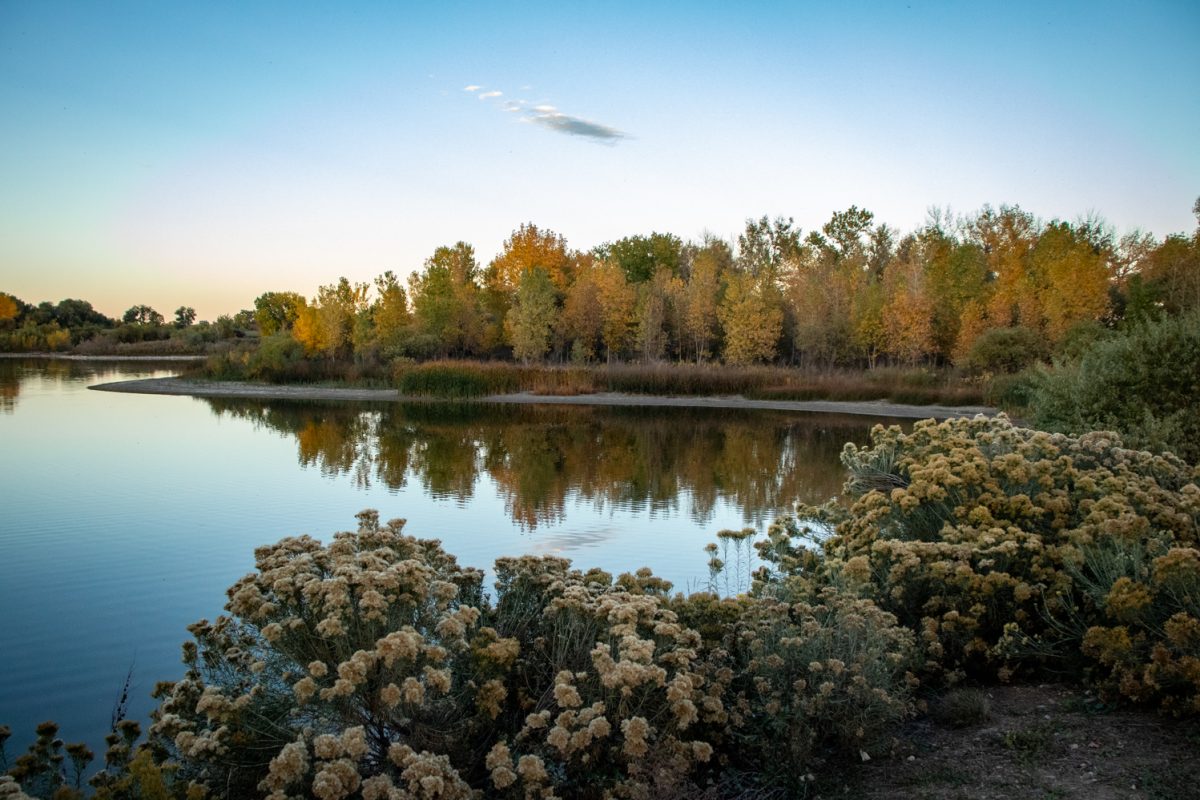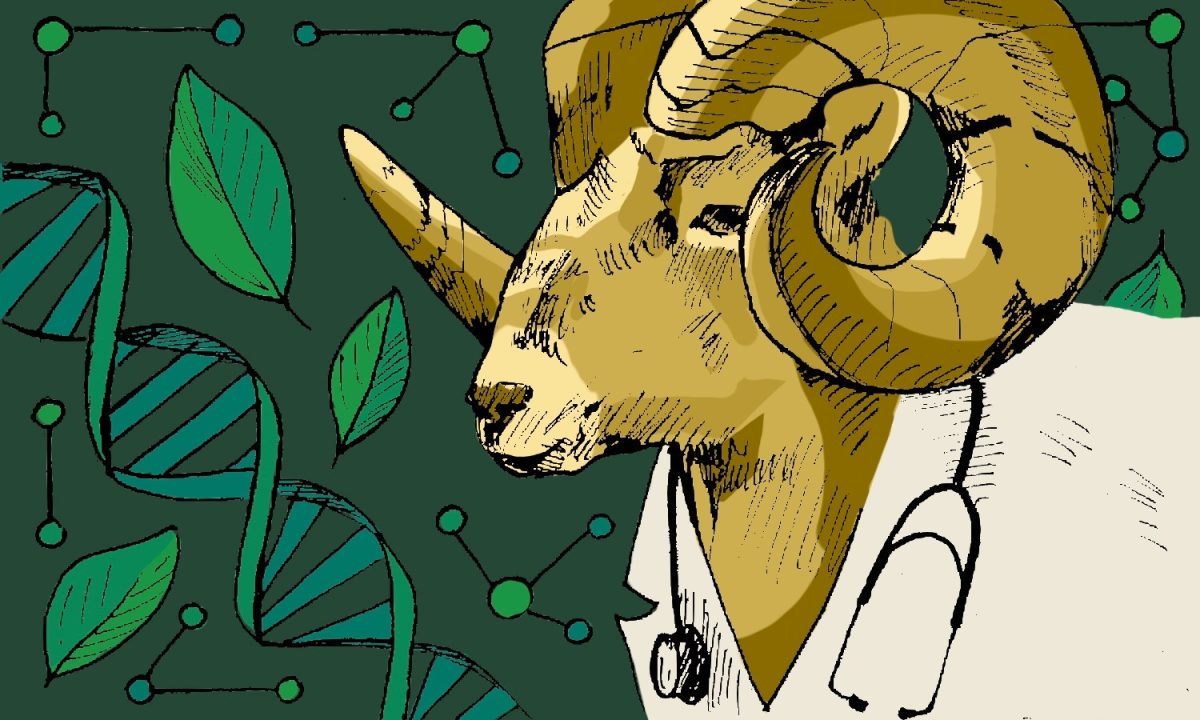About two hours off the coast of California lies a small island nearly twice the size of Fort Collins. This island is home to an ecological curiosity: a brightly colored bird called the island scrub jay, which is found nowhere else on Earth. Scientists have spent the better part of two decades trying to understand the evolutionary puzzles surrounding this unique bird.
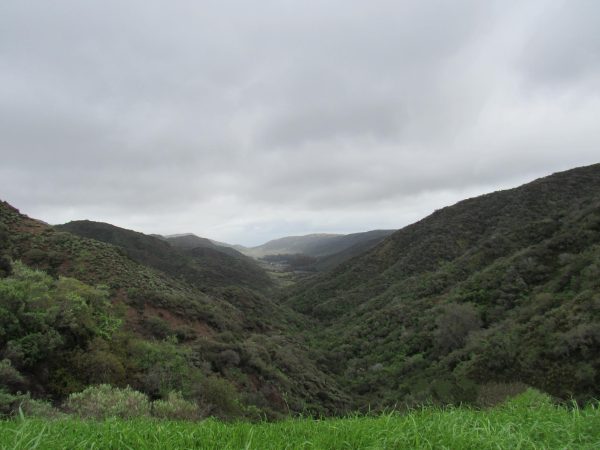
Santa Cruz Island is one member of an eight-island archipelago dotting the Southern California coastline. In stark contrast to its mainland neighbor of Los Angeles, Santa Cruz Island looks more like something out of Jurassic Park with its rugged terrain and jutting cliffs. It is mostly uninhabited — save for a small handful of scientists and technicians who live there to study the island scrub jay.
“You can think of it as nature’s science experiment gone wild.” –Hannah Horowitz, graduate student researcher
One of those researchers is Hannah Horowitz, a master’s student enrolled in the graduate degree ecology program at Colorado State University. Horowitz has worked on Santa Cruz Island for five years, first as a field technician and now as a graduate researcher.
Horowitz explained that the island scrub jay is unique because the species is entirely contained on Santa Cruz Island. In fact, it has the smallest home range of any bird in North America. Considering the island ecosystem it inhabits, this makes the island scrub jay a prime case study for evolutionary biologists.
“You can think of it as nature’s science experiment gone wild,” Horowitz said, referring to the island ecosystem.
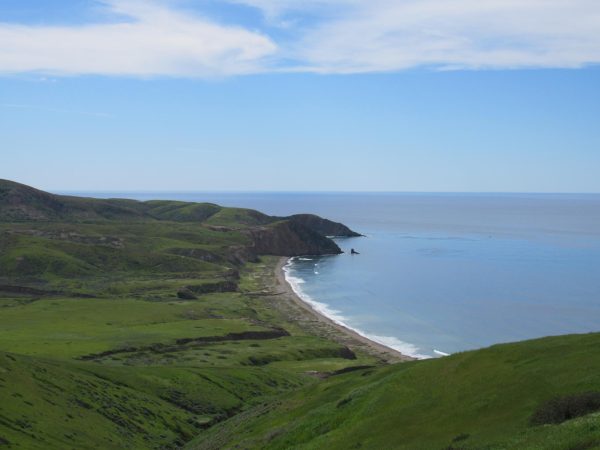
Islands are heavily isolated from other ecosystems, limiting the movement of animals and plants. Finite space also means finite resources, driving competition. At the same time, island environments are highly susceptible to change because of natural disturbances like earthquakes and storms, Horowitz said.
The result is akin to a pressure cooker for evolution.
“You end up getting some really weird, funky species,” Horowitz said. “They’re so finely tuned to that specific environment that they become really different from their mainland counterparts.”
The island scrub jay, for example, has experienced a phenomenon known as island gigantism, Horowitz said. They are around 30% larger than their closest relatives on the mainland.
Perplexingly, there is no evidence of island scrub jays flying to the neighboring Santa Rosa Island, even though they are perfectly capable of doing so, Horowitz said. No one knows exactly why these birds stay on Santa Cruz Island while other bird species readily fly between the islands.
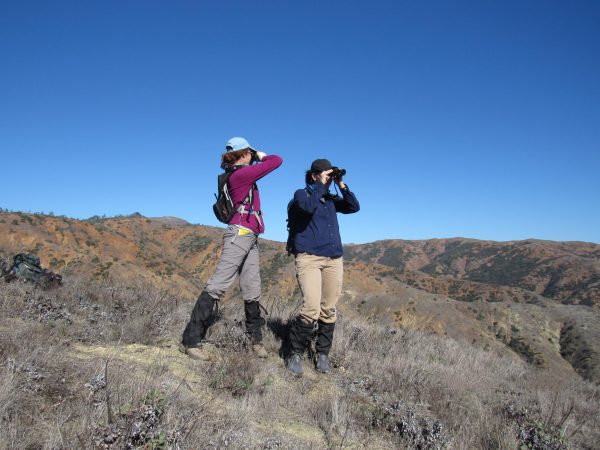
Rebecca Cheek, a CSU alum and former student in the graduate degree program in ecology, began working with the island scrub jays in 2016 for her Ph.D. research.
During her research, she noticed another unexpected pattern in the scrub jays. Certain populations on the island had developed distinctly longer beaks than others, despite living only miles apart. Ordinarily, she said, such closely related populations are expected to be extremely similar.
“Instead, we are seeing these differences, which go completely against what we would expect as evolutionary biologists,” Cheek said.
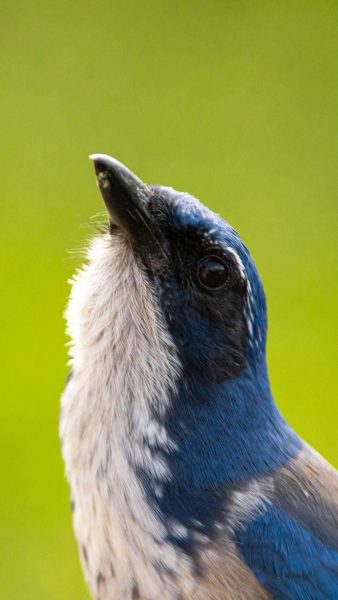
It soon became clear that the scrub jays with longer beaks were mostly living in pine habitats, while the others were found mostly in oak habitats, Cheek said. The two neighboring populations developed different beak shapes to crack open different nuts. It was remarkable to see these differences on such a small geographic scale.
“My impression is that the (island scrub jays) are very serious homebodies,” Cheek said. “Once they’ve established a territory, they will stay there pretty much for the rest of their lives.”
This could be one of the factors reinforcing the differences in beak shape among the different populations because it could mean there is less motivation to move into different habitats, Cheek said.
However, more research is needed to tease apart the mechanisms at play, Cheek said. For now, her results remain somewhat of an evolutionary enigma.
Reach Lizzy Rylance at science@collegian.com or on Twitter @CSUCollegian.


